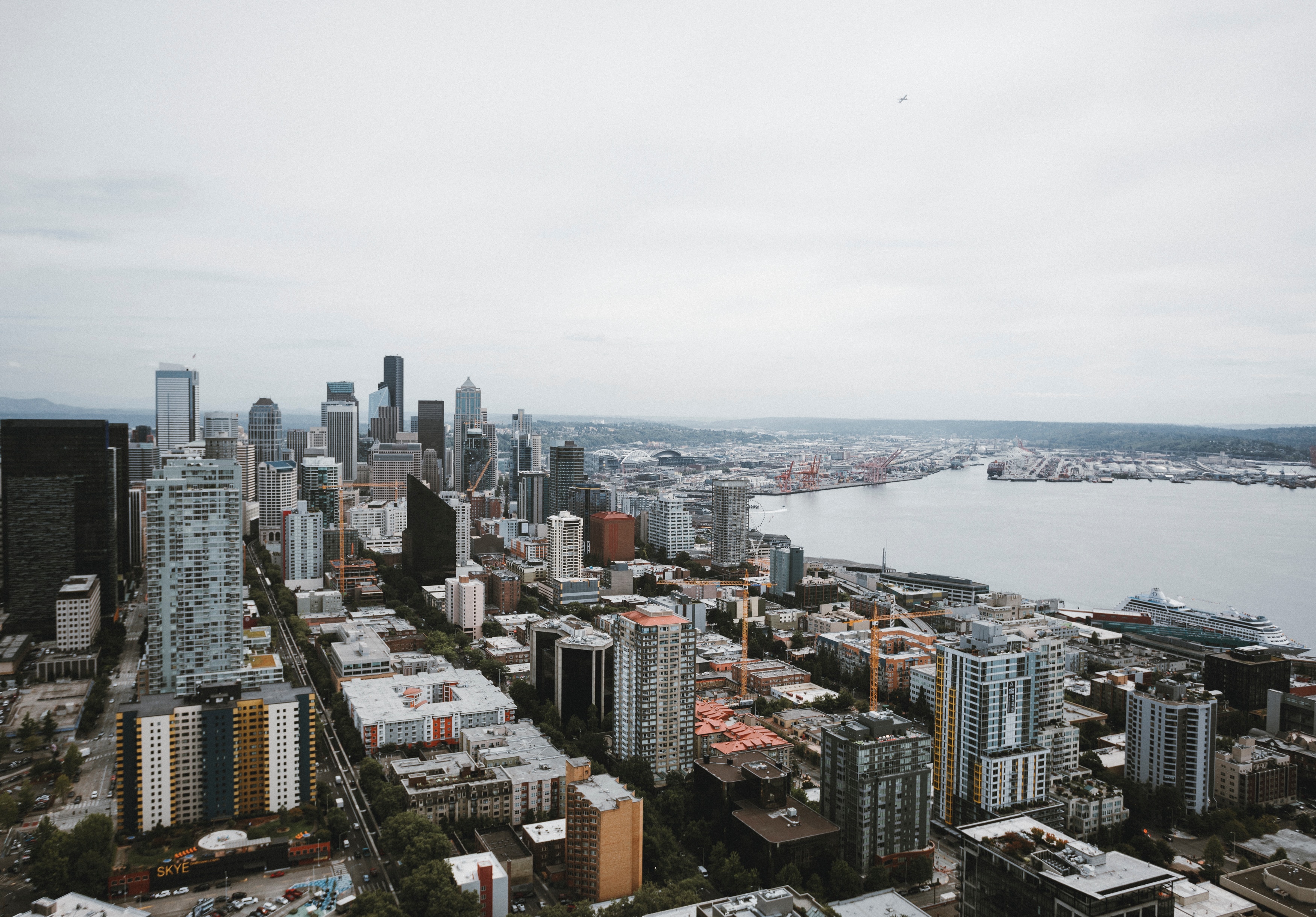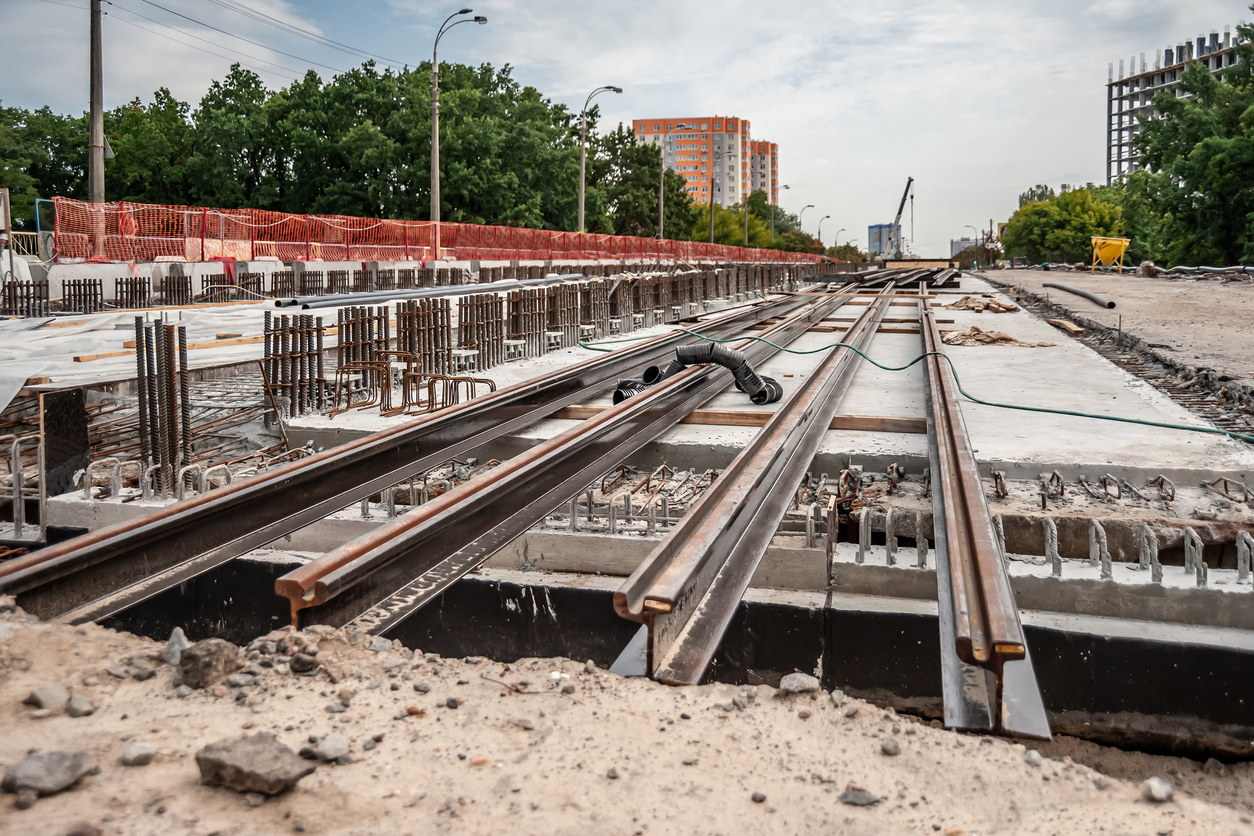Seattle announces it will lower speed limit on all arterials to 25mph

The Seattle Times recently reported that Seattle is going to lower the speed limit on all arterials to 25 miles per hour, as this year is “already among Seattle’s worst years for traffic deaths this decade.”
The residential speed limit is already 20 miles per hour throughout the city, and that is reasonable. Drivers should not be driving fast through neighborhoods, and should always be mindful and aware of pedestrians and children.
The latest speed reduction on arterials will impact busier streets like Rainier Avenue South, where the speed limit is 30.
The article cites several crash fatalities, including a 78-year old man who was riding his bike near Rainier Beach and was killed by a driver who then drove off. Maria Banda and her husband, both 77, were also hit by a driver in the Lake City neighborhood who then drove off, and Maria did not survive. A driver who was speeding and believed to be high on meth hit four pedestrians just a couple weeks ago on Aurora. This would have been another hit-and-run were it not for a witness who followed the woman and notified police officers.
Another pedestrian was hit in West Seattle very recently while crossing an intersection, by a driver who witnesses say was traveling at “a reasonable [20-25mph] speed.”
These are all horrible tragedies. Many of them may have been avoided if drivers were not impaired or distracted or simply cared about the law (enough to not speed in the first place or drive away afterward).
Seattle’s decision to reduce the speed limit on arterials is well-intentioned, as I imagine everyone finds these crashes devastating.
The city is also very open about its efforts to reduce how much people drive and coerce more people onto public transit. Reducing speed limits, as well as implementing unpopular and frustrating road diets, certainly aligns with that goal.
Though these crashes are notable, Seattle’s DOT reports that police-reported collisions are “near historically low levels” despite an increase in population:

The city does indirectly acknowledge that spending a million on signage to reduce the speed limit isn’t all that is needed. The Seattle Department of Transportation outlines at least four major contributing factors to crashes in Seattle, which include distraction (30% of total crashes), impairment (20% of fatal crashes each year), speeding (20% of fatal crashes), and failure to yield to pedestrians (10% of fatal crashes). Unfortunately, for people who choose to drive drunk or high, or not pay attention to the road – reduced speed limit signs will probably not make a big difference.
In the city’s efforts to align with Vision Zero, a multinational effort to reduce road fatalities and driving generally, the city outlines various strategies to change behavior by focusing on these top contributing factors. I question how officials plan to “focus” on these factors and whether their solutions will be effective or fair for many people who are responsible drivers.
One of the other strategies they list involves sharing information about how to safely use city streets, which is a good goal if it means making sure that everyone (drivers, pedestrians, bicyclists) are aware and mindful about the safety of others as they move about busy streets. The burden should not be placed entirely on drivers – everyone can work together to improve and support each other’s safety.
However, this would require genuine empathy and patience, which cannot be created through either policy or enforcement.






